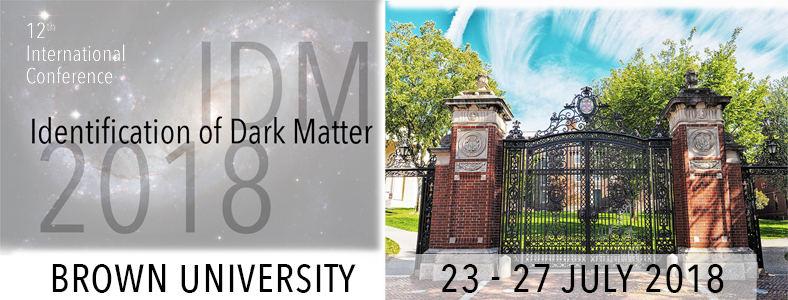Speaker
Description
Most well-known results regarding the distribution of dark matter in the Universe are based upon dissipationless simulations of the cosmological evolution of dark matter only. I will discuss some generic ways in which baryonic processes alter the distribution of dark matter. I will begin with a discussion of the clustering of dark matter on few Mpc scales. Baryonic effects can alter dark matter clustering on Mpc scales at a non-negligible level. I will then discuss the shapes of dark matter halos and the distribution of dark matter within them. Baryonic effects may make dark matter halos more concentrated and more circular, but there remains considerable uncertainty in the magnitude of these effects. Lastly, I will discuss some aspects of dark matter halo substructure, particular dark matter subhalos and satellite galaxies about Milky Way like dark matter halos.
